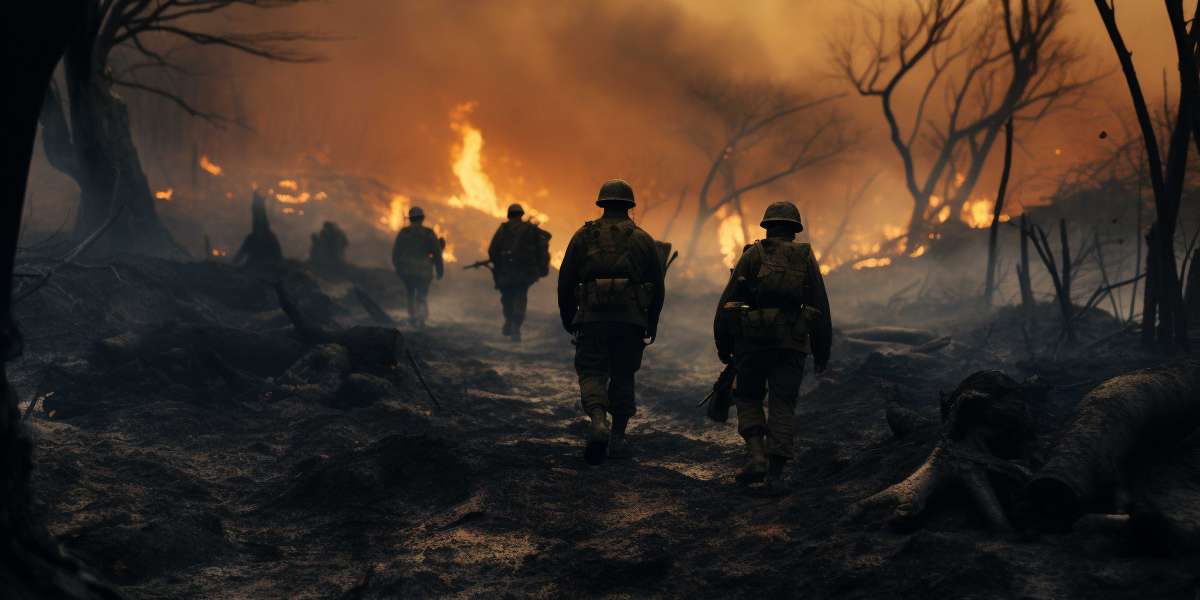Dee Knight’s Blog shares bold stories of people who resist war, stand for peace, and imagine a better world. Through truth and hope, Dee inspires change. His words help us understand war, resistance, and the path to justice. The history of war resistance is one such powerful story. It tells how people said "no" to war, even when the cost was high. This blog explores that journey and how it connects to our world today.
What is War and Why Do People Resist?
War is violent conflict between countries or groups. It brings death, pain, and broken lives. Many wars, like U.S. war aggression, have hurt people across the world. Some people believe fighting is wrong, no matter what. Others resist because they think the war is unfair. Many who resisted war were part of movements for justice and peace.
Some heroes refused to fight in the Vietnam War because they felt it was wrong. They wanted peace, not more killing. This kind of resistance is brave. It takes courage to stand alone against powerful armies.
A Long History of Saying No to War
The history of war resistance goes back thousands of years. Even in ancient times, people refused to kill. In modern history, many have spoken out against war. During the Vietnam War, students marched, veterans protested, and many were jailed for saying “no.”
In Dee Knight’s My Whirlwind Lives, he talks about standing up to war and calling out injustice. His story reminds us how resistance can shape history. People who speak against war often push society toward peace.
U.S. War Aggression and Its Impact
U.S. war aggression has led to endless conflicts. Wars in Korea, Vietnam, Iraq, and Afghanistan have caused great loss. People have resisted these wars through protest, writing, and direct action. Many peace activists speak about the need to stop these endless wars.
Dee Knight shows how resistance to U.S. defense policy can bring real change. He connects war resistance to broader peace efforts. His writing teaches us how to think critically about war.
Resistance and the Civil Rights Movement
The civil rights movement and war resistance often walked side by side. Leaders like Martin Luther King Jr. opposed the Vietnam War. He said money spent on war should help the poor. Many civil rights activists were also peace activists.
By standing up to war, they helped grow a movement for justice. This helped change how people saw U.S. defense policy. It became clear that real freedom means peace, not war.
A Voice for Peace: Solidarity with Socialist China
Some people found hope in solidarity with socialist China. They saw a model for peace and cooperation. Dee Knight often writes about Befriending China as a way to build understanding, not hate. Resistance to war includes making friends across borders.
In his work, Dee explores how China’s rise doesn’t need to lead to another war. Instead, it can open doors to peace. Solidarity with socialist China offers a path away from conflict.
How War Resistance Helps Society
The history of war resistance shows us that peace movements matter. They save lives. They stop violence. They make leaders think before acting. Without resistance, wars would grow without end.
Peace activists challenge U.S. defense policy and push for better choices. Their voices make the world think twice before choosing war. They help protect human rights and save futures.
The Challenges of Resisting War
War resisters often face jail, hate, or loss. During the Vietnam War, thousands of young people were punished for resisting. Many paid a heavy price. Yet their courage made others listen.
Dee Knight shares stories of people who refused to follow U.S. war aggression. He reminds us that even small acts of resistance can create waves. Change starts with brave people saying “no.”
Building Peace in the New Cold War
Today, a New Cold War threatens peace again. Tensions with China are rising. Voices like Dee Knight’s ask us to choose a better way. His book, Realistic Path to Peace, shows how we can avoid another global disaster.
War resistance now means pushing for talks, not weapons. It means befriending China, not fearing it. It means learning from the history of war resistance and building peace step by step.
A Future Without War
The future can be better if we learn from the past. The history of war resistance gives us lessons in courage and hope. It shows that peace is possible when people act with love and truth.
If we stand together, we can stop U.S. war aggression and rethink U.S. defense policy. We can support justice, like the civil rights movement did. And we can build peace with countries like China.
Conclusion
The history of war resistance is not just about the past. It’s a guide for today and tomorrow. With voices like Dee Knight’s, we learn to fight for peace with truth and unity. From the Vietnam War to today’s struggles, war resistance lights the way forward. By choosing peace, we protect all people and give the world a better chance.







